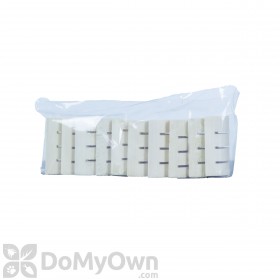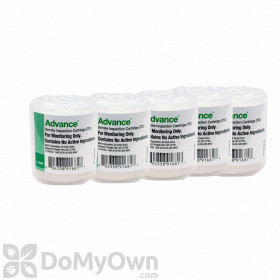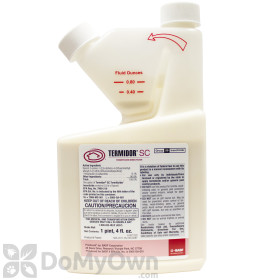Sentricon vs Termidor
Which Termite Control System is Best?
These insects do not truly infest a home as they do not reproduce in the indoor environment, but they may still be abundant inside if their breeding site is close by. Unfortunately the breeding sites for these flies are so numerous and varied, it is impossible to eliminate them all. These tiny pests are small enough to crawl through the average window screen and fit through cracks and crevices around windows and door frames.
The most widely-used termite bait station systems use a cellulosic (wood) base to attract foraging termites, and then require an active ingredient to be added to the stations once termite activity is observed. Sentricon systems use a unique Insect Growth Regulator (IGR) called noviflumuron, which inhibits molting in termites, causing a slow but inevitable death. Termites pass the active ingredient throughout the colony, resulting in eventual colony collapse. Stations must be monitored at least monthly after installation, and then may be checked less frequently once established. This means multiple - and potentially costly - visits by a professional are required to monitor for termite activity.
The most popular termite baiting system available through Do My Own Pest Control is the Advance Termite Bait System. This system is similar to the Sentricon system in that stations are placed in the ground around the structure with a wood base and monitoring cartridge. When termite activity is observed, the monitoring cartridges are replaced with bait cartridges containing a toxicant. In the Advance Termite Bait System, the active ingredient is an Insect Growth Regulator called diflubenzuron, which also inhibits termites' ability to molt.
Although the use of termite bait station systems such as Sentricon or Advance requires regular monitoring and replacement of wood monitoring bases, inspection cartridges, and bait cartridges, there are some situations where the use of bait stations is preferred. Bait stations use very little active ingredient, and that active ingredient is protected in tamper-resistant stations. This makes baiting ideal in situations where there may be a water contamination risk, such as in areas of low elevation near bodies of water like oceans, lakes, or rivers. Secondly, since the installation of bait stations does not disturb the foundation of a structure, bait stations may be preferable where trenching for a liquid treatment may be otherwise extremely difficult, such as around structures with rock beds or multiple concrete slabs against the foundation. Finally, termite bait stations may be the better choice around structures where chemical sensitivity is of primary concern.
The alternative to using termite bait systems such as Sentricon is a liquid ground termite treatment with a termiticide such as Termidor SC. A liquid treatment offers several advantages, primarily that of a continuous barrier protecting the structure, in contrast to the discontinuous barrier that gaps between bait stations create. Although a liquid barrier treatment is more labor-intensive initially, there is no cost of upkeep or replacement parts such as that associated with bait station systems. (It is always recommended to do a yearly termite inspection, regardless of what barrier method you use.) When using a non-repellent termiticide such as Termidor SC, termites come into contact with the liquid barrier and spread it throughout the colony through contact and trophallaxis (food sharing). Termidor SC in undetectable to termites, and it contains the active ingredient fipronil, which interferes with basic functions such as grooming and feeding. Non-repellent termiticides, like Termidor, kill much more quickly than the IGRs found in termite baiting systems, and treatments last in the ground far longer. A liquid barrier treatment with Termidor SC lasts ten years or more in most situations. This means that potential gaps in the treatment zone are less problematic, since any termite colony coming into contact with the barrier will be eliminated. A liquid barrier also offers immediate control since no separate baiting is required: termites that may have already infested a structure may still come into contact with a liquid barrier, while bait systems only eliminate termites in the surrounding area.
While Sentricon is a popular choice among professional termite treatment companies, the monitoring and maintenance of this system is costly and can leave gaps in the termite protection around your home. Liquid treatments with a non-repellent termiticide like Termidor SC provide complete, immediate protection lasting for years.
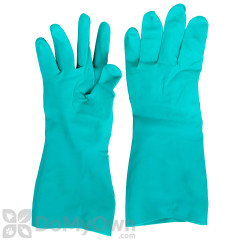
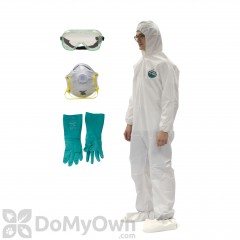
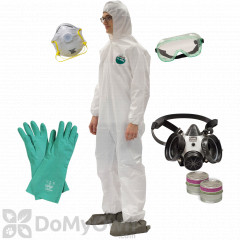

/1331_with_trelona_(003).jpg.thumb_280x280.jpg)
